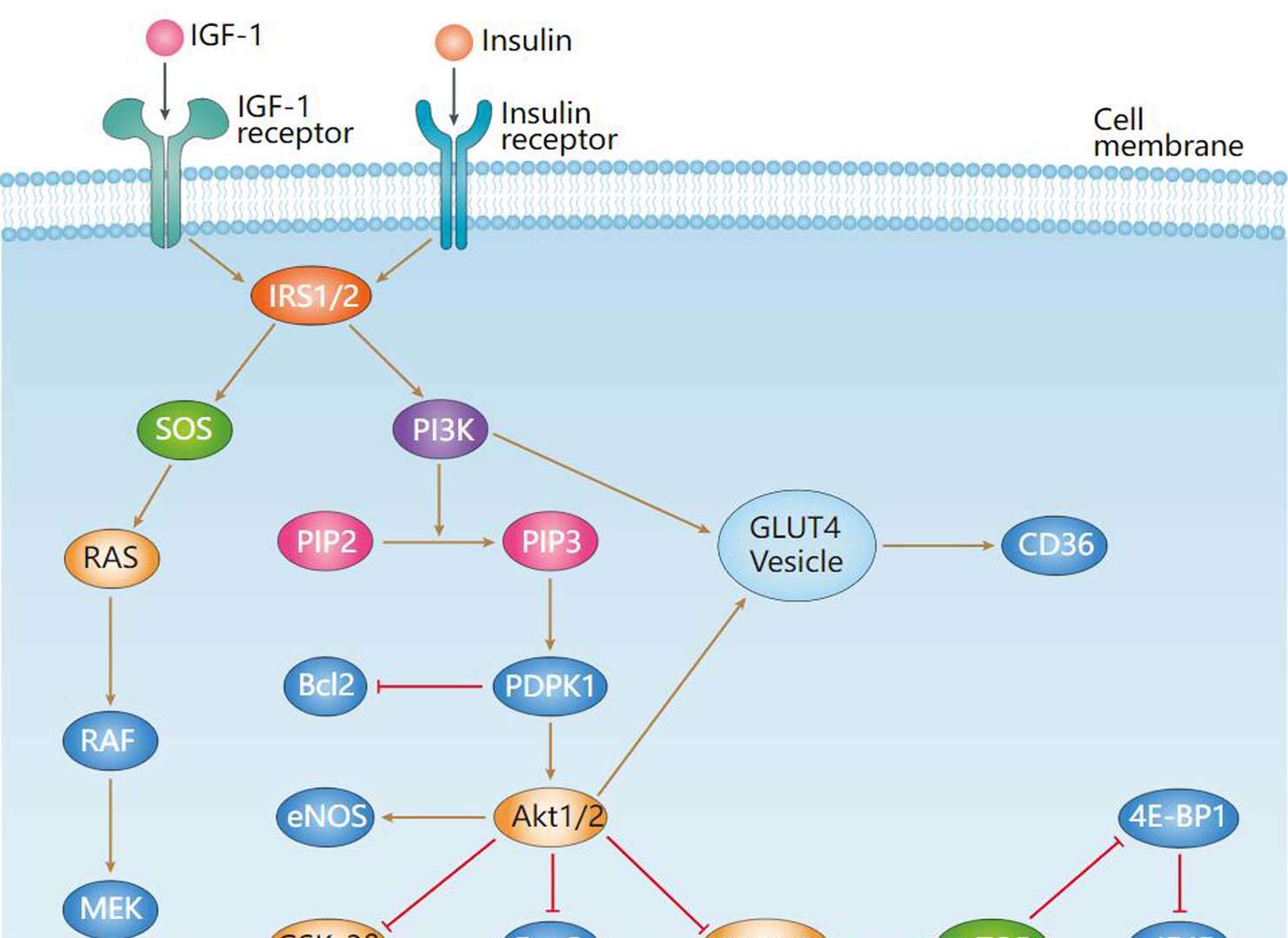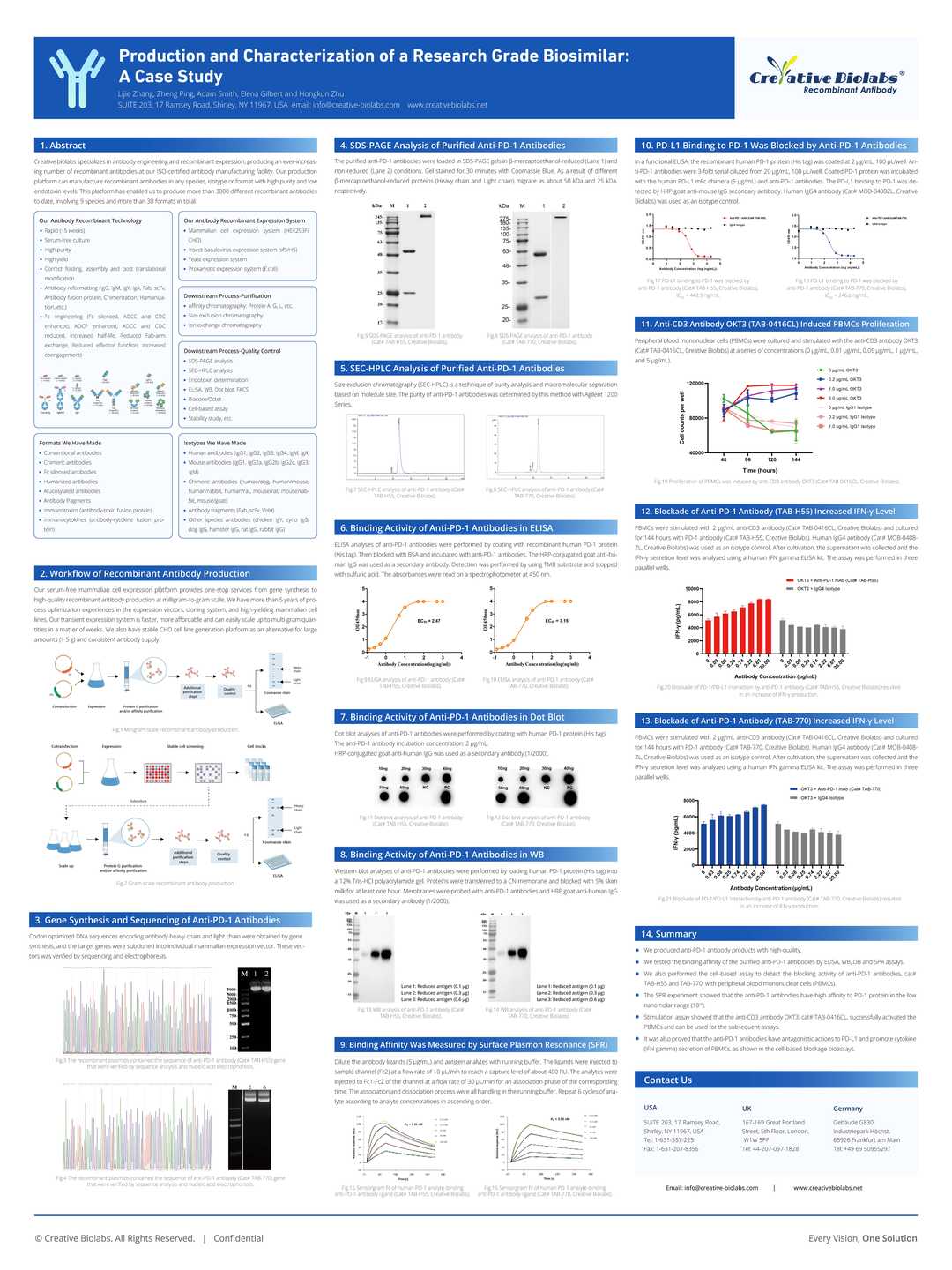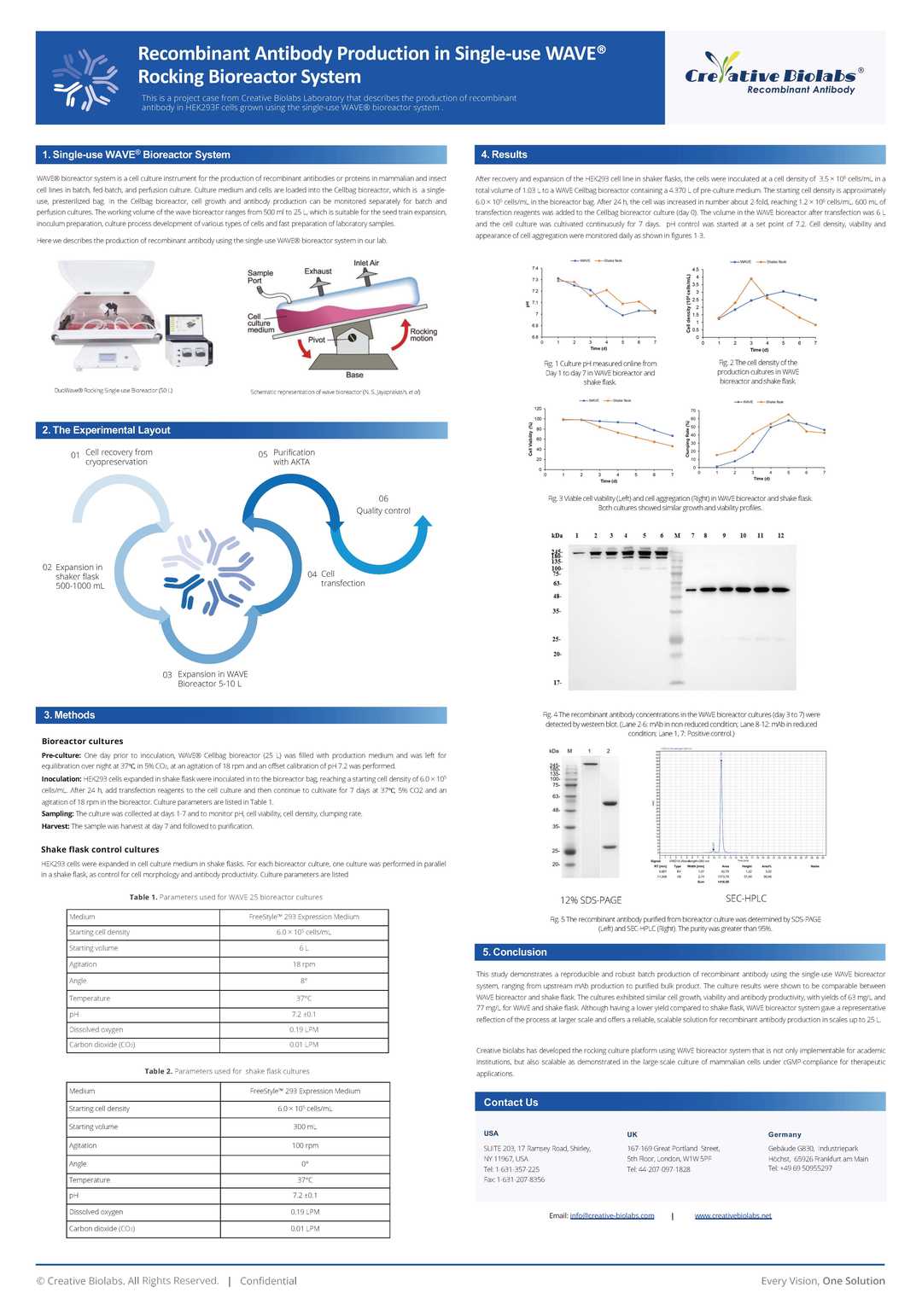Rabbit Anti-CD36 Recombinant Antibody (VS3-CJ705)
CAT#: VS3-CJ705
This product is a rabbit antibody that recognizes human, mouse, and rat CD36.



Specifications
- Immunogen
- Recombinant protein
- Host Species
- Rabbit
- Type
- Rabbit IgG
- Specificity
- Human, Mouse, Rat CD36
- Species Reactivity
- Human, Mouse, Rat
- Applications
- WB, ICC, IF, IHC, IP, FC
- Conjugate
- Unconjugated
Product Property
- Purification
- Protein A affinity purified
- Purity
- >95% as determined by SDS-PAGE
- Format
- Liquid
- Buffer
- 40% Glycerol, 1% BSA, TBS, pH7.4.
- Preservative
- 0.05% Sodium Azide
- Storage
- Store at 4°C for short term. Aliquot and store at -20°C for long term. Avoid repeated freeze/thaw cycles.
Applications
- Application Notes
- This antibody has been tested for use in Western Blot, Immunocytochemistry, Immunofluorescence, Immunohistochemistry, Immunoprecipitation, Flow Cytometry.
Target
- Alternative Names
- FAT; GP4; GP3B; GPIV; CHDS7; PASIV; SCARB3; BDPLT10
- Gene ID
- 948
- UniProt ID
- P16671
- Sequence Similarities
- Belongs to the CD36 family.
- Cellular Localization
- Cell membrane, Golgi apparatus, Membrane
- Post Translation Modifications
- N-glycosylated and O-glycosylated with a ratio of 2:1.
Palmitoylated by ZDHHC5. Palmitoylation is required for proper localization at the plasma membrane.
Ubiquitinated at Lys-469 and Lys-472. Ubiquitination is induced by fatty acids such as oleic acid and leads to degradation by the proteasome (PubMed:21610069, PubMed:18353783).
Ubiquitination and degradation are inhibited by insulin which blocks the effect of fatty acids (PubMed:18353783).
- Protein Refseq
- NP_000063.2; NP_001001547.1; NP_001001548.1
- Function
- Multifunctional glycoprotein that acts as receptor for a broad range of ligands. Ligands can be of proteinaceous nature like thrombospondin, fibronectin, collagen or amyloid-beta as well as of lipidic nature such as oxidized low-density lipoprotein (oxLDL), anionic phospholipids, long-chain fatty acids and bacterial diacylated lipopeptides. They are generally multivalent and can therefore engage multiple receptors simultaneously, the resulting formation of CD36 clusters initiates signal transduction and internalization of receptor-ligand complexes. The dependency on coreceptor signaling is strongly ligand specific. Cellular responses to these ligands are involved in angiogenesis, inflammatory response, fatty acid metabolism, taste and dietary fat processing in the intestine (Probable). Binds long-chain fatty acids and facilitates their transport into cells, thus participating in muscle lipid utilization, adipose energy storage, and gut fat absorption (By similarity) (PubMed:18353783, PubMed:21610069).
Mechanistically, binding of fatty acids activates downstream kinase LYN, which phosphorylates the palmitoyltransferase ZDHHC5 and inactivates it resulting in the subsequent depalmitoylation of CD36 and caveolar endocytosis (PubMed:32958780).
In the small intestine, plays a role in proximal absorption of dietary fatty acid and cholesterol for optimal chylomicron formation, possibly through the activation of MAPK1/3 (ERK1/2) signaling pathway (By similarity) (PubMed:18753675).
Involved in oral fat perception and preferences (PubMed:22240721, PubMed:25822988).
Detection into the tongue of long-chain fatty acids leads to a rapid and sustained rise in flux and protein content of pancreatobiliary secretions (By similarity).
In taste receptor cells, mediates the induction of an increase in intracellular calcium levels by long-chain fatty acids, leading to the activation of the gustatory neurons in the nucleus of the solitary tract (By similarity).
Important factor in both ventromedial hypothalamus neuronal sensing of long-chain fatty acid and the regulation of energy and glucose homeostasis (By similarity).
Receptor for thrombospondins, THBS1 and THBS2, mediating their antiangiogenic effects (By similarity).
As a coreceptor for TLR4:TLR6 heterodimer, promotes inflammation in monocytes/macrophages. Upon ligand binding, such as oxLDL or amyloid-beta 42, interacts with the heterodimer TLR4:TLR6, the complex is internalized and triggers inflammatory response, leading to NF-kappa-B-dependent production of CXCL1, CXCL2 and CCL9 cytokines, via MYD88 signaling pathway, and CCL5 cytokine, via TICAM1 signaling pathway, as well as IL1B secretion, through the priming and activation of the NLRP3 inflammasome (By similarity) (PubMed:20037584).
Selective and nonredundant sensor of microbial diacylated lipopeptide that signal via TLR2:TLR6 heterodimer, this cluster triggers signaling from the cell surface, leading to the NF-kappa-B-dependent production of TNF, via MYD88 signaling pathway and subsequently is targeted to the Golgi in a lipid-raft dependent pathway (By similarity) (PubMed:16880211).
(Microbial infection) Directly mediates cytoadherence of Plasmodium falciparum parasitized erythrocytes and the internalization of particles independently of TLR signaling.
Customer Review
There are currently no Customer reviews or questions for VS3-CJ705. Click the button above to contact us or submit your feedback about this product.
Submit Your Publication
Published with our product? Submit your paper and receive a 10% discount on your next order! Share your research to earn exclusive rewards.
Related Signaling Pathways
Downloadable Resources
Download resources about recombinant antibody development and antibody engineering to boost your research.
Product Notes
This is a product of Creative Biolabs' Hi-Affi™ recombinant antibody portfolio, which has several benefits including:
• Increased sensitivity
• Confirmed specificity
• High repeatability
• Excellent batch-to-batch consistency
• Sustainable supply
• Animal-free production
See more details about Hi-Affi™ recombinant antibody benefits.
Datasheet
MSDS
COA
Certificate of Analysis LookupTo download a Certificate of Analysis, please enter a lot number in the search box below. Note: Certificate of Analysis not available for kit components.
Protocol & Troubleshooting
We have outlined the assay protocols, covering reagents, solutions, procedures, and troubleshooting tips for common issues in order to better assist clients in conducting experiments with our products. View the full list of Protocol & Troubleshooting.
Isotype Control
- CAT
- Product Name
Secondary Antibody
- CAT
- Product Name
See other products for "CD36"
Select a product category from the dropdown menu below to view related products.
| CAT | Product Name | Application | Type |
|---|---|---|---|
| MOB-176 | Recombinant Anti-human CD36 Antibody | WB, ELISA, IHC, FuncS | IgG |
| MHH-176 | Recombinant Human Anti-human CD36 Antibody | ELISA, FacS, FuncS | IgG |
| MRO-0298-CN | Rabbit Anti-CD36 Recombinant Antibody (clone CBACN-114) | WB, IF, IHC, IP, FC | Rabbit IgG |
| MRO-1749-CN | Rabbit Anti-CD36 Polyclonal Antibody (MRO-1749-CN) | IF, IHC, FC | Rabbit IgG |
| VS-0723-WK178 | Human Anti-CD36 Recombinant Antibody (VS-0723-WK178) | FC | Chimeric (rabbit/human) IgG1 |
| CAT | Product Name | Application | Type |
|---|---|---|---|
| MOB-176-F(E) | Recombinant Anti-human CD36 Antibody Fab Fragment | ELISA, RIA, FuncS | Fab |
| MHH-176-F(E) | Recombinant Human Anti-human CD36 Antibody Fab Fragment | FC, ELISA, FuncS | Fab |
| CAT | Product Name | Application | Type |
|---|---|---|---|
| MOB-176-S(P) | Recombinant Anti-human CD36 Antibody scFv Fragment | ELISA, WB, IF, FuncS | scFv |
| MHH-176-S(P) | Recombinant Human Anti-human CD36 Antibody scFv Fragment | WB, IHC, FuncS | scFv |
| CAT | Product Name | Application | Type |
|---|---|---|---|
| NEUT-343CQ | Mouse Anti-CD36 Recombinant Antibody (clone FA6-152) | Block, FuncS, IHC-Fr, FC | Mouse IgG1 |
| NEUT-344CQ | Mouse Anti-CD36 Recombinant Antibody (clone JC63.1) | FC, Block, IF | Mouse IgA |
| NEUT-346CQ | Mouse Anti-CD36 Recombinant Antibody (clone SMϕ) | FC, IHC-Fr, IHC-P, ICC, WB, Block, ELISA | Mouse IgM, κ |
| NEUT-347CQ | Mouse Anti-CD36 Recombinant Antibody (clone 185-1G2) | Block, IHC-Fr, FC, IF | Mouse IgG2a, κ |
| CAT | Product Name | Application | Type |
|---|---|---|---|
| NEUT-345CQ | Mouse Anti-CD36 Recombinant Antibody (clone SMomega) | IHC-Fr, Neut, FC | Mouse IgM |
| CAT | Product Name | Application | Type |
|---|---|---|---|
| NEUT-348CQ | Mouse Anti-CD36 Recombinant Antibody (clone CBL248) | ELISA, IP, FC, IHC, Neut | Mouse IgG1 |
| CAT | Product Name | Application | Type |
|---|---|---|---|
| MOR-0555 | Hi-Affi™ Rabbit Anti-CD36 Recombinant Antibody (clone DS555AB) | WB, IP | Rabbit IgG |
| CAT | Product Name | Application | Type |
|---|---|---|---|
| VS-0924-YC27 | Rabbit Anti-CD36 Antibody (VS-0924-YC27) - Cancer Stem Cell Marker | IHC, IF | Rabbit IgG |
| CAT | Product Name | Application | Type |
|---|---|---|---|
| VS-0225-XY40 | CytoStream™ Mouse Anti-CD36 Recombinant Antibody (VS-0225-XY40) | FC | Mouse IgM, kappa |
| VS-0225-XY41 | CytoStream™ Mouse Anti-CD36 Recombinant Antibody (VS-0225-XY41) | FC | Mouse IgG1, kappa |
| VS-0225-XY42 | CytoStream™ Mouse Anti-CD36 Recombinant Antibody (clone FA6-152) | FC | Mouse IgG1, kappa |
| CAT | Product Name | Application | Type |
|---|---|---|---|
| VS-0325-FY39 | Human Anti-CD36 scFv-Fc Chimera (VS-0325-FY39) | ELISA, Inhib, FC | Human IgG1, scFv-Fc |
| CAT | Product Name | Application | Type |
|---|---|---|---|
| VS-0425-YC24 | Recombinant Anti-CD36 Vesicular Antibody, EV Displayed (VS-0425-YC24) | ELISA, FC, Cell-uptake |
| CAT | Product Name | Application | Type |
|---|---|---|---|
| VS-0525-XY1165 | Anti-CD36 Immunohistochemistry Kit | IHC | |
| VS-0525-XY1166 | Anti-Mouse CD36 Immunohistochemistry Kit | IHC |
Popular Products

Application: ELISA, IP, FC, FuncS, Neut, IF, ICC

Application: FC, IP, ELISA, Neut, FuncS, IF, ICC

Application: FC, IP, ELISA, Neut, FuncS, IF, WB

Application: IF, IP, Neut, FuncS, ELISA, FC, ICC
-2-1.png)
Application: ELISA

Application: ELISA, IHC, FC, IP, IF, FuncS

Application: ELISA, IHC, FC, IP, IF, Inhib

Application: FC, IA, IF, IP, IHC, FuncS

Application: WB, FC, IF, Inhib, ELISA, IHC

Application: ELISA, Inhib, FC, Neut

Application: ELISA, WB, IF, FC, IP
For research use only. Not intended for any clinical use. No products from Creative Biolabs may be resold, modified for resale or used to manufacture commercial products without prior written approval from Creative Biolabs.
This site is protected by reCAPTCHA and the Google Privacy Policy and Terms of Service apply.






 Insulin Signaling Pathway
Insulin Signaling Pathway













